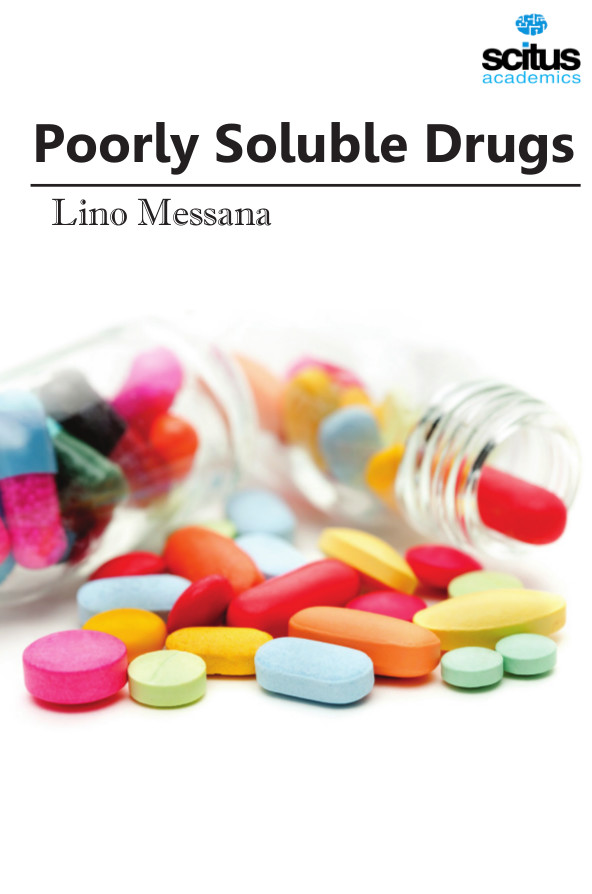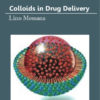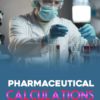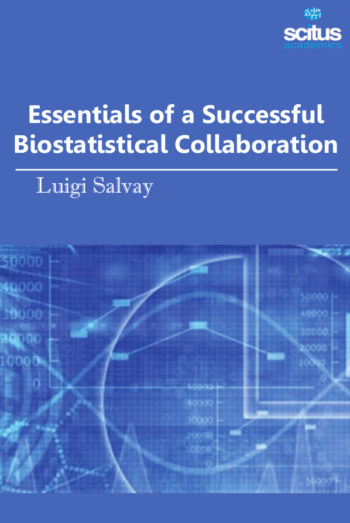Solubility is the property of a solid, liquid, or gaseous chemical substance called solute to dissolve in a solid, liquid, or gaseous solvent to form a homogeneous solution of the solute in the solvent. The solubility of a substance fundamentally depends on the solvent used as well as on temperature and pressure. The extent of solubility of a substance in a specific solvent is measured as the saturation concentration where adding more solute does not increase its concentration in the solution. Solubility also plays a major role for other dosage forms like parenteral formulations as well. Many newly proposed drugs suffer from poor water solubility, thus presenting major hurdles in the design of suitable formulations for administration to patients. Consequently, the development of techniques and materials to overcome these hurdles is a major area of research in pharmaceutical companies.
Poorly Soluble Drugs provides a comprehensive overview of currently used formulation strategies for hydrophobic drugs discusses the main instrumentation, operation principles and theoretical background, with a focus on critical formulation features and clinical studies. It provides a comprehensive assessment of the application of fundamental principles of dissolution and drug release testing to poorly soluble compounds and formulations.
More than 40% new chemical entities developed in pharmaceutical industry are practically insoluble in water. These poorly water soluble drugs having slow drug absorption leads to inadequate and variable bioavailability and gastrointestinal mucosal toxicity. For orally administered drugs solubility is the most important one rate limiting parameter to achieve their desired concentration in systemic circulation for pharmacological response. Problem of solubility is a major challenge for formulation scientist. The improvement of drug solubility thereby its oral bioavailability remains one of the most challenging aspects of drug development process especially for oral-drug delivery system.













